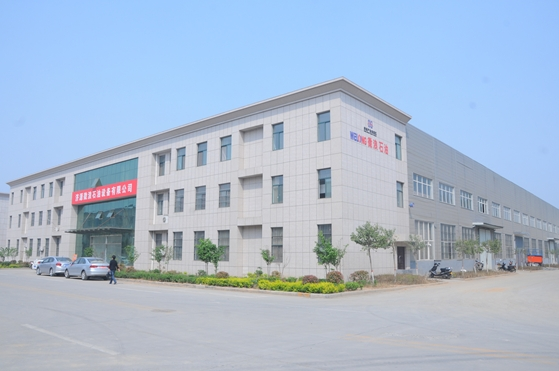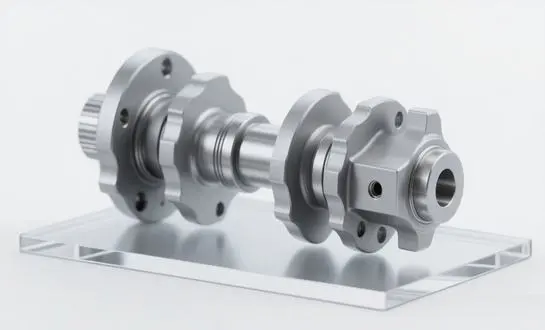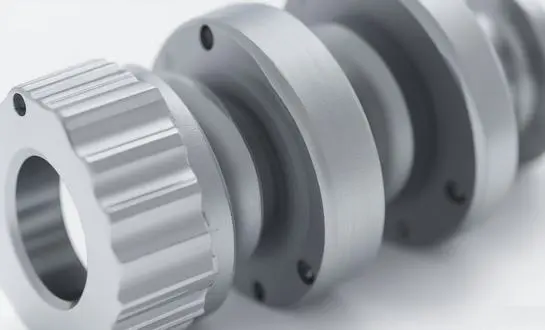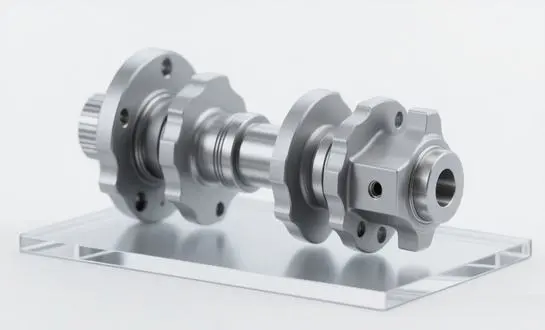Predictive Maintenance: Anticipating Roll Wear
Predictive maintenance has been a game-changer in the steel industry, especially for controlling rolling mill rolls. Thanks to improvements in sensor technology, data analytics, and machine learning algorithms, steel mills can now anticipate when rolls may wear out or fail. By proactively scheduling replacements during scheduled downtimes, maintenance teams may greatly minimise unforeseen production disruptions.
Implementing Sensor Technologies
Rolls in modern rolling mills can constantly track a number of characteristics, including vibration, pressure, and temperature, thanks to their high-tech sensors. By monitoring the rolls in real-time, these sensors let operators see wear and possible faults before they happen. Maintenance crews may tell whether a roll is getting close to its expiration date by examining this data for trends and patterns.
Leveraging Machine Learning for Accurate Predictions
When it comes to predictive maintenance plans, machine learning algorithms are vital. In order to generate prediction models, these algorithms examine past data on roll performance, manufacturing schedules, and maintenance records. Plants can prepare ahead of time and keep production schedules uninterrupted thanks to these models' pinpoint precision in predicting when rolls will need replacement.
Integration with Digital Twin Technology
Roll management in steel factories is being transformed by digital twin technology. Engineers can forecast the long-term performance of rolling mill rolls by simulating a variety of operating situations using digital models of the actual rolls. Roll utilisation optimisation, roll life extension, and replacement scheduling made possible by this technology are now possible at an unparalleled level of accuracy in plants.
Optimizing Inventory: Just-in-Time Roll Management
Efficient inventory management is crucial for reducing downtime associated with roll replacements. Just-in-Time (JIT) roll management ensures that replacement rolls are available precisely when needed, without the burden of excessive inventory costs.
Implementing Smart Inventory Systems
Steel plants are adopting smart inventory systems that automatically track Rolling Mill Rolls usage and predict future needs. These systems integrate with predictive maintenance data to ensure that replacement rolls are ordered and delivered just before they're required. This approach minimizes storage costs while ensuring that production is never halted due to a lack of available rolls.
Collaboration with Suppliers
Successful JIT roll management relies on strong partnerships with roll suppliers. Many steel plants are establishing close collaborations with their suppliers, sharing real-time data on roll performance and upcoming replacement needs. This allows suppliers to align their production and delivery schedules with the plant's requirements, ensuring timely availability of replacement rolls.
Roll Refurbishment Programs
To further optimize inventory and reduce costs, many steel plants are implementing roll refurbishment programs. These programs involve reconditioning used rolls to extend their lifespan, reducing the frequency of new roll purchases. Advanced refurbishment techniques can restore rolls to near-original specifications, providing a cost-effective alternative to constant replacement.
Case Study: 30% Downtime Reduction in 6 Months
A leading steel plant in North America achieved remarkable results by implementing smart Rolling Mill Rolls replacement strategies. By combining predictive maintenance with JIT inventory management, the plant was able to reduce its downtime by 30% within just six months.
Implementation of Advanced Analytics
The plant invested in a state-of-the-art analytics platform that integrated data from various sources, including roll sensors, production schedules, and historical maintenance records. This platform provided real-time insights into roll performance and accurately predicted maintenance needs.
Overhaul of Inventory Management
The plant revamped its inventory management system, implementing a JIT approach for roll replacements. By working closely with suppliers and leveraging predictive analytics, the plant was able to reduce its on-site inventory by 40% while ensuring timely availability of replacement rolls.
Training and Culture Shift
The exhaustive preparing that representatives at all levels of the production line gotten was an vital figure in its victory. The centrality of data-driven decision-making and the unused prescient upkeep strategy were communicated to all individuals, counting administrators and upkeep staff. An vital component of the program's adequacy was this alter in attitude towards preventative upkeep.
Results and Long-term Impact
During the first six months after implementing these measures, unscheduled downtime was reduced by 30%. The next year, the plant's maintenance expenses dropped by 20% and overall equipment effectiveness (OEE) went up by 15%. By proving the efficacy of intelligent, data-driven approaches to improving manufacturing efficiency, this initiative has revolutionised roll management in the steel sector.
Conclusion
At long last, steel companies are reconsidering their approaches to downtime and creating efficiency with the utilize of imaginative roll substitution arrangements. Utilizing imaginative innovation, progressed stock administration, and prescient upkeep, steel makers may increment generation whereas diminishing costs and moving forward downtime. Maintaining competitiveness and satisfying the expanding needs of the global market will become more and more dependent on these methods as the sector undergoes further evolution. For more information on innovative solutions for rolling mill rolls and how they can benefit your steel plant, contact us at oiltools15@welongpost.com. Providing cutting-edge solutions that boost production and efficiency in the steel industry is Welong's top priority.





